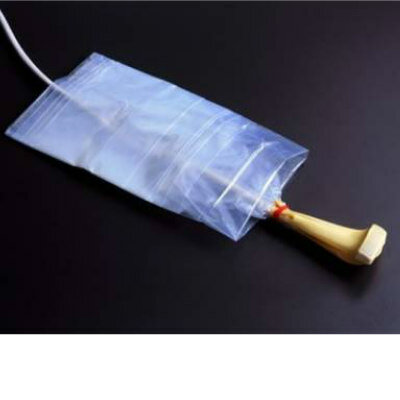Sterile Gloves Hold No Advantage in the Battle Against SSI
By HospiMedica International staff writers
Posted on 16 Aug 2016
Researchers at the Mayo Clinic (Rochester, MN, USA) conducted a systematic review and meta-analysis of studies to explore SSI rates and determine whether the use of sterile versus nonsterile gloves in outpatient cutaneous procedures affects the rate of postoperative wound infection. Patients in the studies underwent outpatient cutaneous or mucosal surgical procedures, including Mohs micrographic surgery (MMS), repair of a laceration, standard excisions, and tooth extractions.Posted on 16 Aug 2016
Overall, 14 studies met eligibility and inclusion criteria, with a total of 12,275 patients who underwent outpatient procedures with sterile or nonsterile gloves, and had follow-up regarding SSI. In all, 228 patients (2.1%) were documented as having postoperative SSI, including 107 of 5,031 patients in the nonsterile glove group (2.1%) and 121 of 6,040 patients in the sterile glove group (2.0%). The study was published on August 3, 2016, in JAMA Dermatology.

Image: A new study shows no difference in the rate of postoperative surgical site infection outpatient surgical procedures between sterile and nonsterile gloves (Photo courtesy of the Mayo Clinic).
“When considering surgical practices and guidelines, multiple factors should be considered, including the potential consequences of deviating from accepted sterile glove use and the potential challenges this could cause from a medico-legal standpoint,” concluded lead author Jerry Brewer, MD, and colleagues. “Patient perception of the sterile technique used should also be considered, in addition to the dexterity that comes from wearing a surgical glove that fits snugly, as opposed to a clean glove that gives the surgeon a different feel.”
“Although the broad use of nonsterile clean gloves may be justified, caution is advised in generalizing this justification to more advanced outpatient surgical procedures that may not pertain to the information summarized in this review and meta-analysis,” advised the authors. “Future study could include whether duration of surgery and complexity of the repair influence postoperative SSI development in the setting of sterile versus nonsterile gloves.”
Gloves were first introduced to surgical practice more than a century ago, mostly for hygiene purposes. After that, gloves were mainly used for other reasons, including the prevention of hand dermatitis. During the past few decades, the use of surgical gloves has become standard practice to prevent postoperative wound infections or SSI. But while non-sterile gloves are cheap, coming in boxes of 100 gloves each, sterile gloves are of higher quality, individually packed, and are more expensive.
Related Links:
Mayo Clinic














